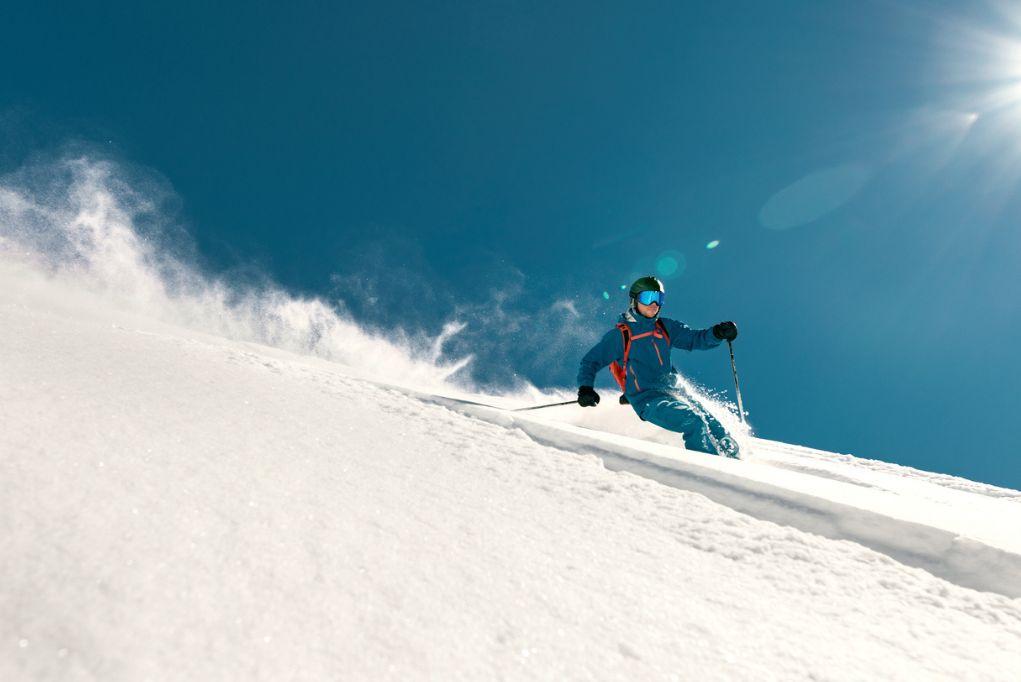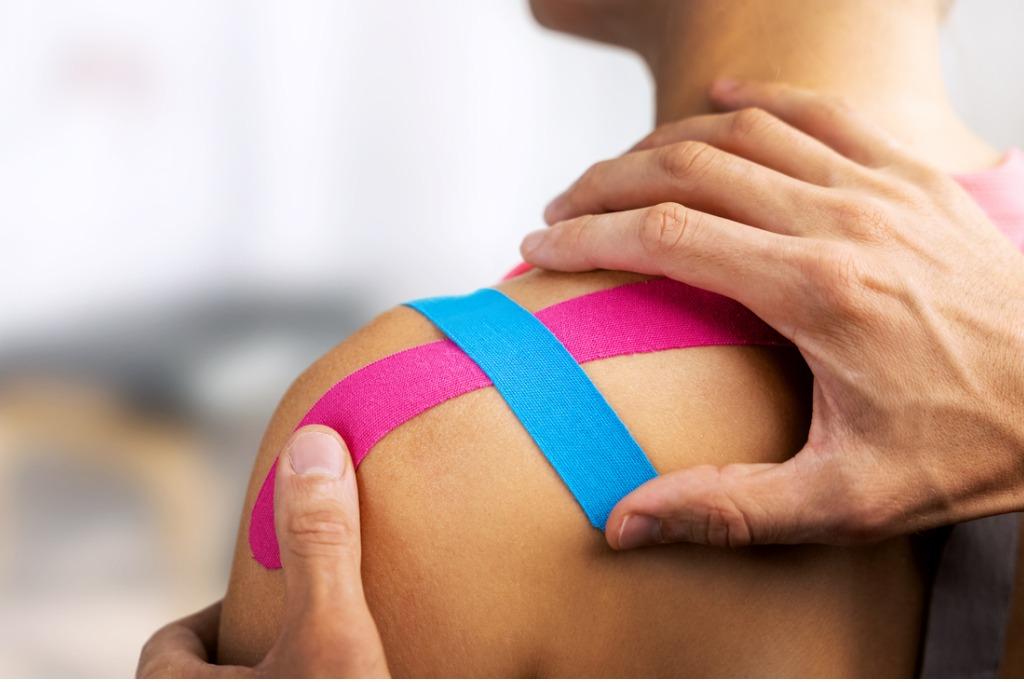Missouri Ski Season Tips and Injury Prevention
Ski season is upon us, and whether you’re heading to a Missouri ski resort or traveling to hit more advanced slopes in nearby states, there’s nothing quite like the thrill of carving down the mountain. Skiing offers an incredible opportunity to enjoy the winter outdoors, stay active, and challenge your body. However, as exhilarating as the sport is, skiing can also be physically demanding and, if you’re not careful, lead to injuries that could cut your season short — or worse, take you off the slopes for good.
From preparing your body for the season to avoiding common injuries on the slopes, we’ve put together practical tips to help you stay safe, strong, and ready to enjoy every moment of ski season.

Why Injury Prevention Matters in Skiing
Skiing challenges nearly every part of your body, requiring strength, endurance, balance, and coordination. With the rapid speeds, sharp turns, and unpredictable terrain, the risk of injury is significant. Common Missouri ski injuries include:
- Knee Injuries: ACL tears, MCL sprains, and meniscus tears are among the most common injuries in skiing, typically caused by twisting falls or awkward landings.
- Shoulder Injuries: Falls, especially forward-facing ones, can result in shoulder dislocations or rotator cuff injuries.
- Wrist and Hand Injuries: Skiers often instinctively brace themselves with their hands during a fall, which can lead to wrist fractures or “skier’s thumb” (a torn ligament in the thumb).
- Head Injuries: Collisions or falls can cause concussions or more serious traumatic brain injuries, especially without proper head protection.
The good news? Many of these injuries are preventable with the right preparation, technique, and awareness.
Preparing Your Body for Missouri Ski Season
Before you strap into your skis for the first run of the season, it’s essential to prepare your body for the physical demands of skiing. Think of skiing as a sport that requires training — not just a leisurely winter activity. Here’s how to gear up your body:
1. Strengthen Your Lower Body
Your legs are the workhorses of skiing. Strengthening your quadriceps, hamstrings, glutes, and calves can improve your control and stability on the slopes while reducing the strain on your knees. Incorporate exercises like squats, lunges, deadlifts, and step-ups into your workout routine to build a solid foundation of strength.
2. Improve Core Stability
A strong core helps you maintain balance and control while navigating tricky terrain. Include planks, Russian twists, and stability ball exercises to target your core muscles. Core strength also helps reduce pressure on your back, another area prone to skiing-related injuries.
3. Boost Cardiovascular Endurance
Skiing is a high-intensity activity, especially if you’re tackling long runs or deep powder. Build your endurance with cardio exercises like running, cycling, or interval training to ensure you can handle a full day on the slopes without fatigue setting in (which is when injuries often happen).
4. Work on Flexibility and Mobility
Tight muscles and limited range of motion can increase your risk of injury. Stretch regularly, focusing on your legs, hips, and lower back. Yoga or dynamic stretching routines are excellent for improving flexibility and reducing stiffness.
5. Practice Balance and Agility
Skiing demands quick reactions and balance to adapt to changing terrain. Balance exercises, such as single-leg stands or using a BOSU ball, can help improve your stability. Plyometric exercises like box jumps can enhance your agility and explosive power.
Tips for Injury Prevention on the Slopes
Once your body is ready for the season, keep these tips in mind to stay safe while skiing:
1. Warm Up Before Hitting the Slopes
Cold muscles are more prone to injury, so take the time to warm up before your first run. Start with light aerobic activity like jogging in place or dynamic stretches to increase blood flow and prepare your body for the demands of skiing.
2. Wear Proper Gear
Invest in quality ski gear that fits properly. Ill-fitting boots, for example, can cause foot pain and instability, while poorly adjusted bindings may not release during a fall, increasing the risk of knee injuries. Always wear a helmet to protect yourself from head injuries, especially when skiing at high speeds or in crowded areas.
3. Master Your Technique
Taking a lesson — even if you’re an experienced skier — can refine your technique and help you avoid bad habits that could lead to injury. Learning proper form for turning, stopping, and falling can make a huge difference in reducing strain on your joints.
4. Stay Aware of Conditions
The Missouri ski season can bring a mix of weather conditions, from icy patches to fresh powder. Always check the slope conditions before you start, and adapt your speed and technique to match the terrain. Avoid skiing too fast or aggressively in icy or crowded areas to minimize the risk of collisions.
5. Know Your Limits
It’s tempting to push yourself on the slopes, but skiing beyond your skill level is a recipe for disaster. Stick to trails that match your ability, and don’t hesitate to take breaks throughout the day. Fatigue is one of the leading causes of skiing injuries, so listen to your body and rest when needed.
What to Do If You Fall
Even the most skilled skiers take a tumble now and then. If you fall, try to avoid instinctively putting your hands out to catch yourself, as this increases the risk of wrist and thumb injuries. Instead, aim to fall to the side or back, and keep your arms tucked in to reduce impact. After a fall, take a moment to assess your condition before getting up. If something doesn’t feel right, don’t push through the pain—seek medical attention.
Recovery and Treatment for Ski Injuries
Despite your best efforts, injuries can still happen. If you experience pain, swelling, or instability after a day on the slopes, it’s important to get it checked out. At Motion Orthopaedics, we specialize in diagnosing and treating skiing-related injuries, from mild strains to more serious conditions like ACL tears or shoulder dislocations.
Early intervention is key to preventing further damage and ensuring a safe return to the slopes.
Hit the Slopes Safely This Missouri Ski Season
Skiing is one of the most enjoyable ways to stay active during the winter months, but it’s important to prioritize your safety and health. By preparing your body, following proper technique, and listening to your limits, you can minimize your risk of injury and make the most of Missouri’s ski season.
If you do experience pain or an injury while skiing, don’t wait to get the care you need. At Motion Orthopaedics, we’re here to help you recover quickly and get back to the activities you love. Contact us today to schedule an appointment and keep your ski season injury-free!




